
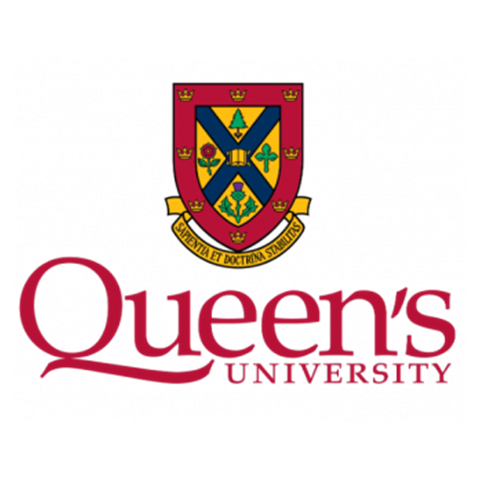
Queen’s University is highly-ranked in Canada for student experience, taking an inclusive approach and offering learning beyond the classroom; this experience includes the most clubs per capita of any Canadian University as well as a robust international exchange program with more than 220 partners. Queen’s research-intensive environment and interdisciplinary program offerings provide students with the comprehensive and nimble skills required in today’s competitive and evolving workforce with 91% of Queen’s grads employed within six months after graduation. Bolstered by the outstanding reputations of its scholars and researchers -- including 2015 Nobel Prize winner Arthur B. McDonald -- a Queen’s education can provide unparalleled access to careers and personal development opportunities around the world. With particular academic strengths in physics, cancer research, geo-engineering, data analytics, and social sciences like surveillance studies and mental health, the university sets graduates up for excellence across disciplines. Home to more than 24,000 students, Queen’s boasts an undergraduate graduation rate of 93%, diverse learning opportunities, a broad range of students services and supports, unmistakable school spirit, and a tight-knit global network of 159,000 alumni in 153 countries. Ultimately, to graduate from Queen’s University is to join an international community of lifelong learners and accomplished leaders. The campus has a fully integrated network of six libraries and is home to several outstanding museums and arts facilities, including the Agnes Etherington Art Centre and The Isabel Bader Centre for the Performing Arts.
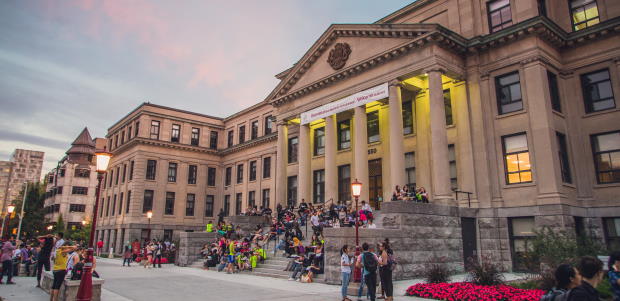
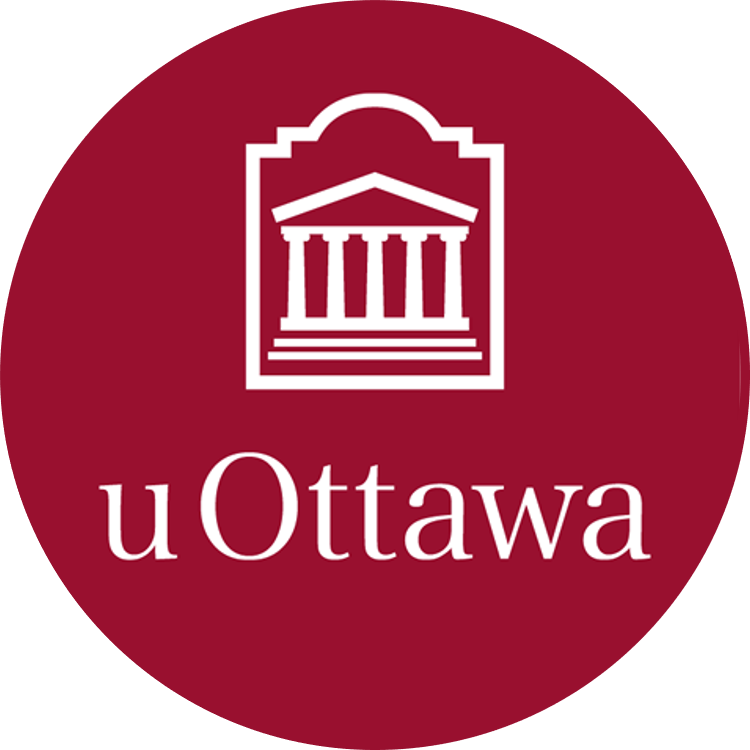
The College of Bytown was founded in 1848 by the Oblates of Mary Immaculate as a bilingual Catholic college; from its very beginnings, students studied in both English and French. In 1866, the recently renamed College of Ottawa was elevated to university status by royal charter, and in 1889, it secured a pontifical charter. In 1965, the Oblates relinquished administration of the University and it became a provincially funded secular institution.
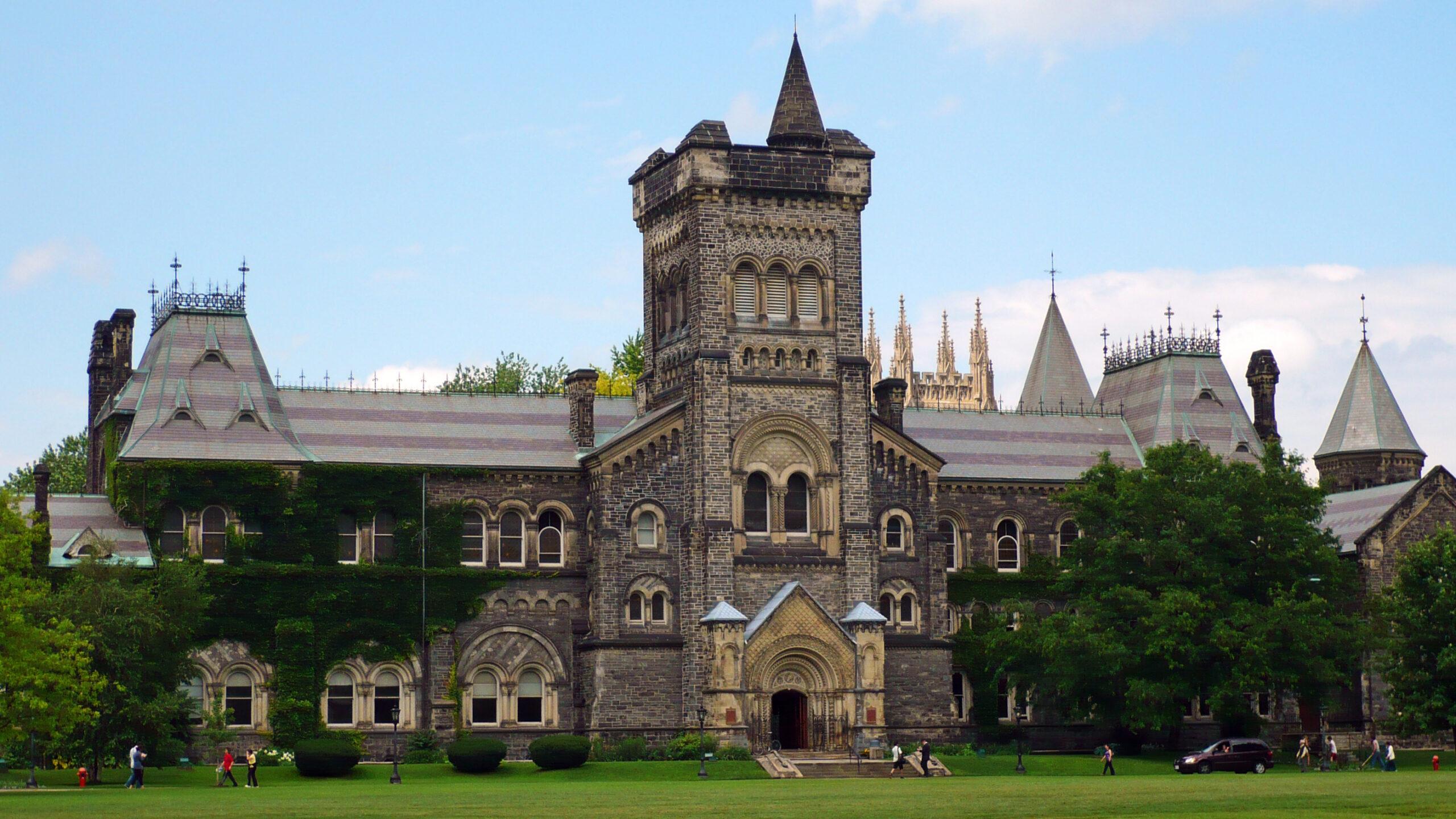
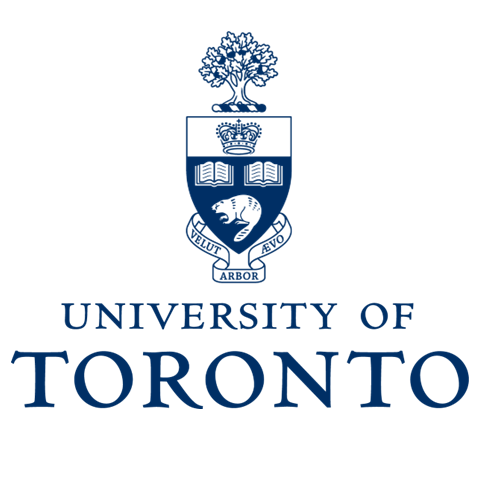
Founded in 1827, the University of Toronto is Canada’s top university with a long history of challenging the impossible and transforming society through the ingenuity and resolve of its faculty, students, alumni and supporters. We are proud to be one of the world’s top research-intensive universities, bringing together top minds from every conceivable background and discipline to collaborate on the world’s most pressing challenges. Our community is a catalyst for discovery, innovation and progress, creating knowledge and solutions that make a tangible difference around the globe. And we prepare our students for success through an outstanding global education rooted in excellence, inclusion and close-knit learning communities. The ideas, innovations and contributions of more than 640,000 graduates advance U of T’s impact on communities across the globe. Together, we continue to defy gravity by taking on what might seem unattainable today and generating the ideas and talent needed to build a more equitable, sustainable and prosperous future.
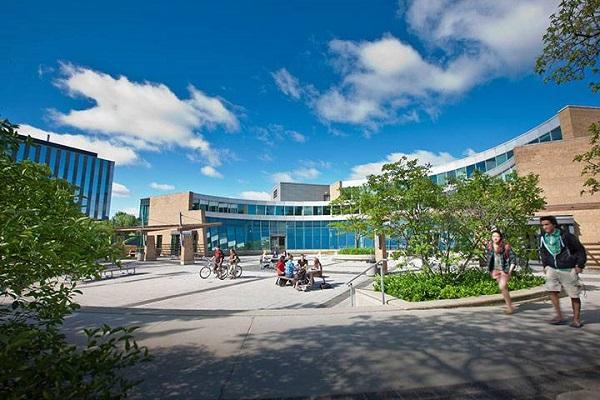
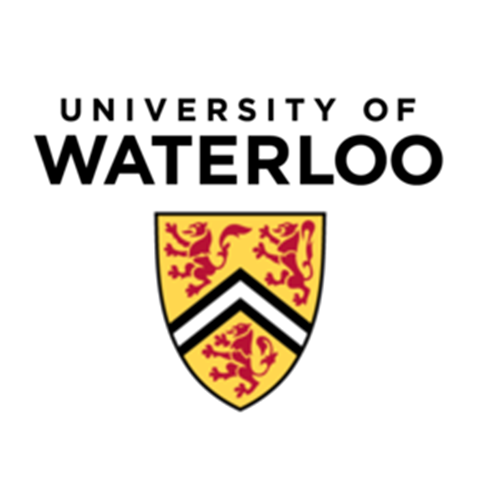
In 1957, innovation and entrepreneurship brought the University of Waterloo into being, as a group of business leaders imagined a new university built to tackle some of the world’s most daunting challenges. It was the age of the Cold War and the space race when a single computer filled a room. Discoveries in science, medicine and engineering were coming fast and furious. Industry leaders in Kitchener-Waterloo knew moving forward meant more than just training people in the technology of the day.
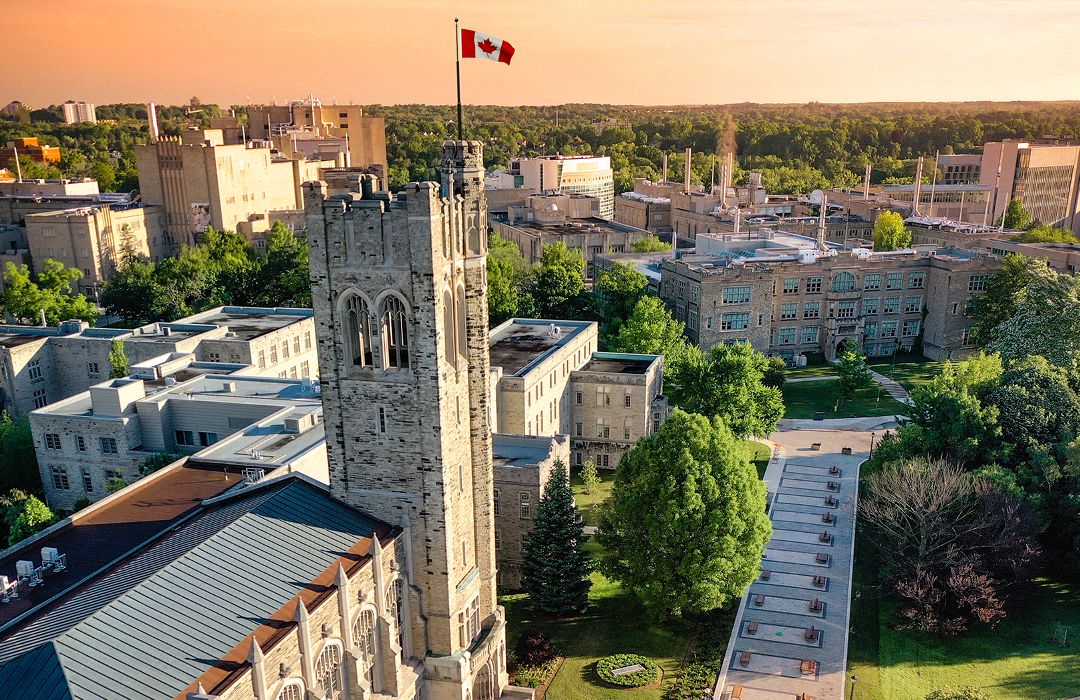
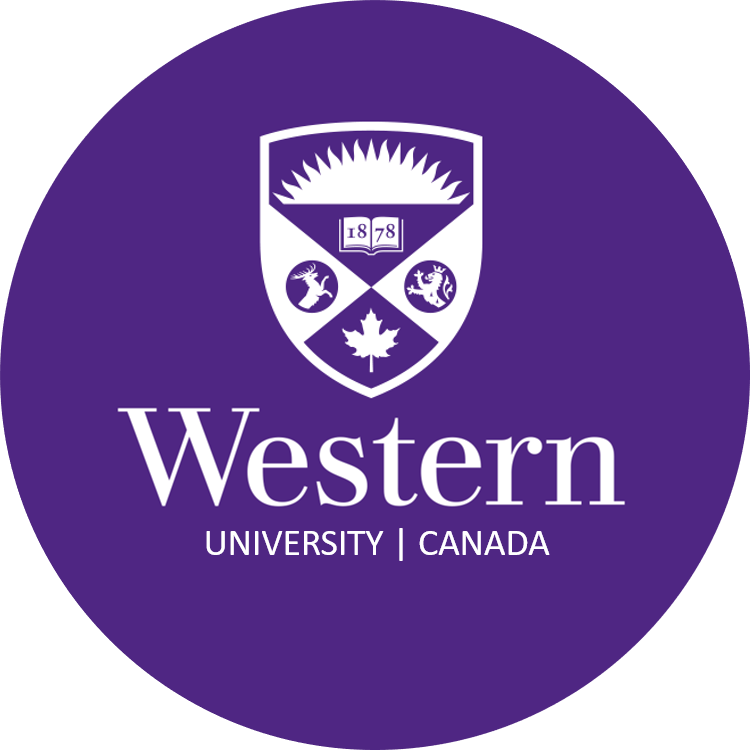
The initial aspirations of Bishop Hellmuth carry through to the internationally known research of our top scholars today. These leaders of vision, courage and imagination have always looked to the future in shaping Western University. Founded on March 7, 1878 by Bishop Isaac Hellmuth (1817–1901) ‘The Western University of London Ontario’ opened its doors to students for the first time in 1881. Four faculties – Arts, Divinity, Law and Medicine were there at Western's inception. In 1916, the current campus was purchased from the Kingsmill family, and in 1923 the university was renamed The University of Western Ontario. Since that first class graduated in 1883, the university has become a vibrant centre of learning. Through 12 faculties and three affiliated university colleges, Western today offers its 36,000-plus students more than 400 specializations, majors and minors. It was at Western where Sir Frederick Banting rose from a restless sleep in 1920 and wrote out 25 words that led to his discovery of insulin. It was at Western where Canada’s first French Immersion program was established at Trois-Pistoles, Québec, in 1932 – a program that continues today. It was at Western where researchers led by Ivan Smith developed the world’s first ‘cobalt bomb’ to treat cancer in 1951. This discovery increased the cure rate for cervical cancer to 75 per cent from 25 per cent. And while our excellence roots itself in history, Western continues to eye the next-generation discoveries. Western, a leader in wind engineering since 1965, testing such structures as the World Trade Center, Sears Tower and Jakarta Tower. Western Engineering will continue its dominance with the opening of the WindEEE Dome research facility. Western leads at home and abroad thanks to construction of a state-of-the-art Richard Ivey School of Business in 2012. North America’s first business school campus opened in Hong Kong in 1998. Western has continued to push innovation. In 2012 a HIV vaccine developed by Dr. Chil-Yong Kang received approval by the United States Food and Drug Administration to start human clinical trials. Western has been a medical advancement leader since 1878.
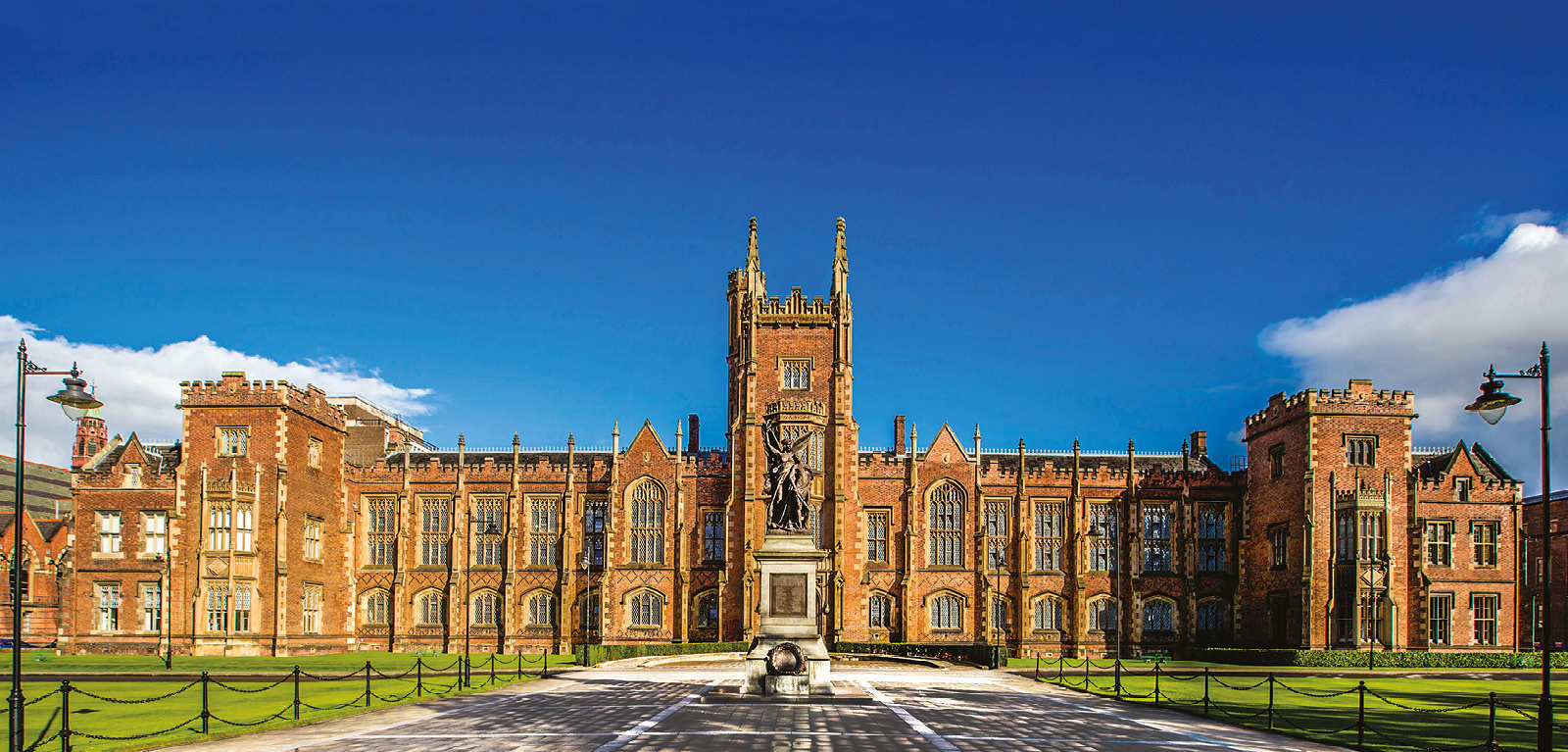
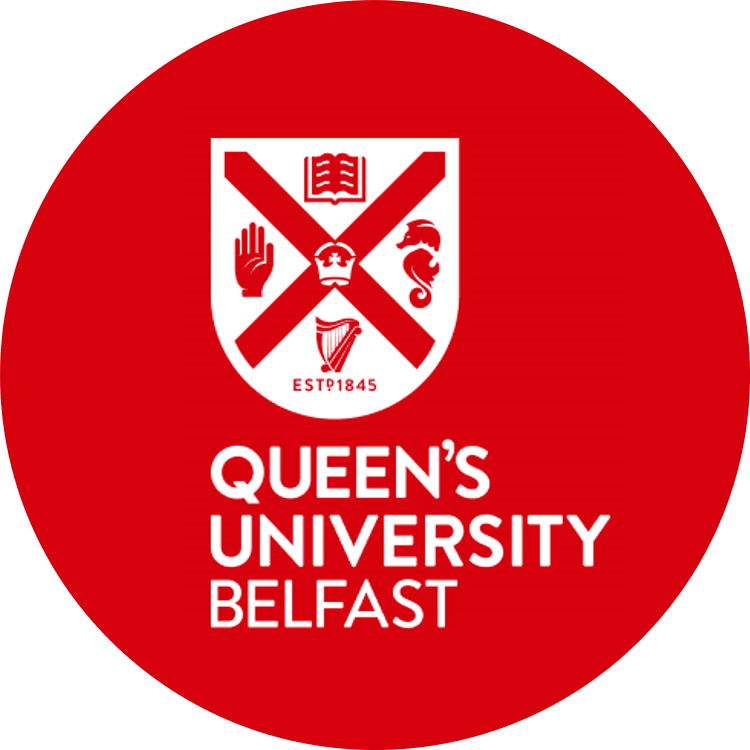
Queen’s is one of the UK and Ireland’s leading universities and continues to grow its global reputation for teaching and research. The ninth oldest university in the UK, the beautiful campus symbolises both the rich history and academic heritage of Queen’s. Founded in 1845, Queen’s has grown from a small cohort of students to a thriving multi-cultural community of over 4,200 staff and 24,000 students. Explore some of the key events in the Queen's story.
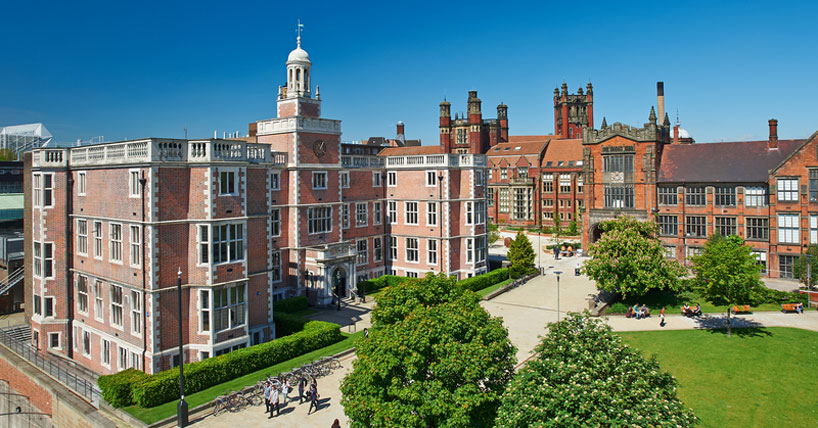
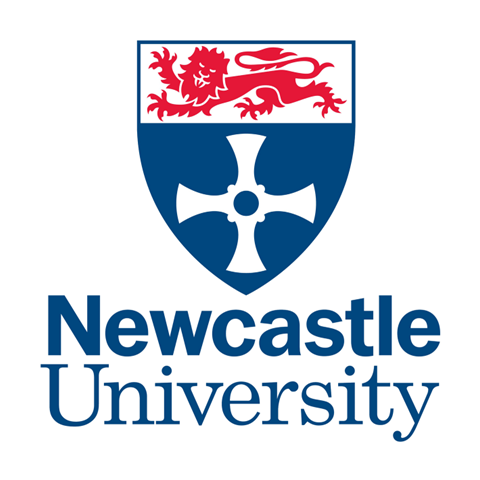
The University can trace its origins back to the School of Medicine and Surgery, established in 1834, and Armstrong College, founded in 1871. These two colleges formed one division of the federal University of Durham and were merged to form King's College in 1937. The Durham Colleges were the other division of the federal University. King’s College was renowned not only for providing an education in fundamental disciplines such as mathematics, science, arts and literature, but also for pioneering regionally important applied sciences such as geology, mining, naval architecture, engineering and agriculture. During this time, the City of Newcastle was known worldwide as a hub of industrial activity, with a strong civic university as its intellectual underpinning. In 1963, the federal University was dissolved and King's College became the University of Newcastle upon Tyne as we know it today.
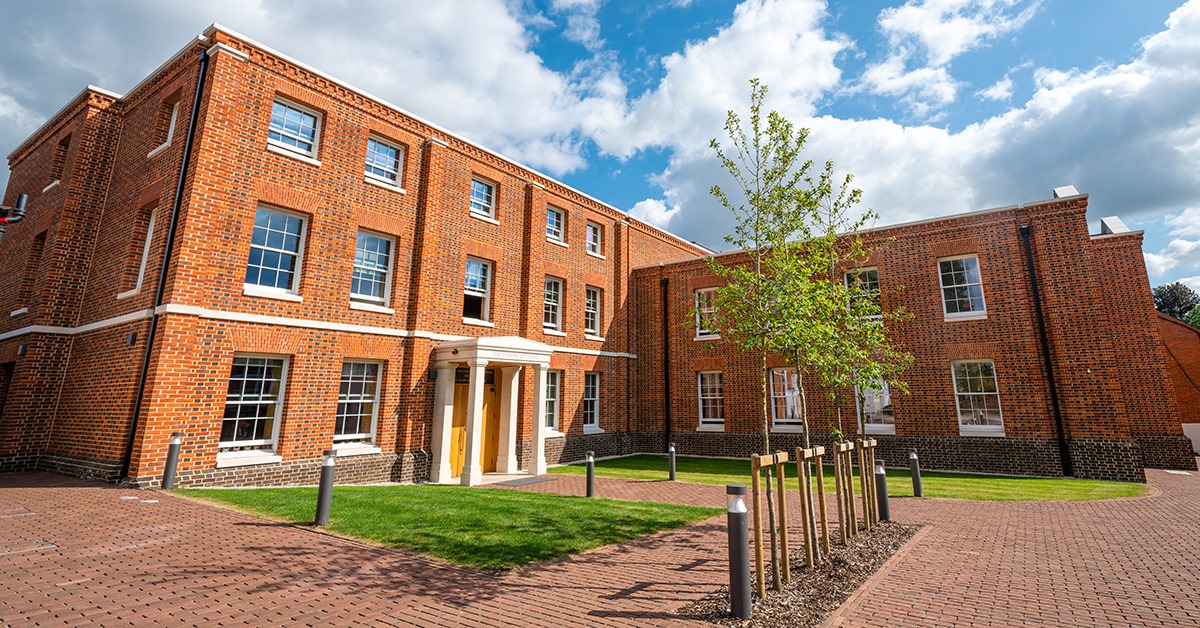
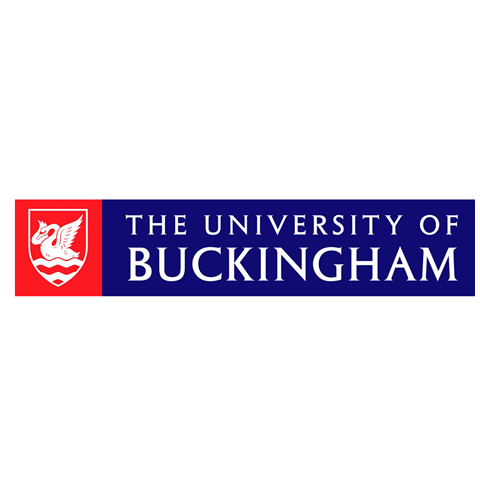
The history of University of Buckingham is a interesting one. It is the oldest of Britain’s independent universities. On 27 May 1967, The Times published a letter from Dr J. W. Paulley, which said, “Is it not time to examine the possibility of creating at least one new university in this country on the pattern of those great private foundations in the USA, without whose stimulus and freedom of action the many excellent state universities in that country would be so much poorer.” This idea was taken up by a number of people in the business and academic worlds and three London conferences followed, two in 1968 and one in early 1969 A suitable site was found in Buckingham and on 29 March 1973 the University College at Buckingham (UCB) was incorporated, in the form of a non-profit making company registered as an educational charity. The then Council of Management held its first formal meeting on 3 April 1973, with its foundation stone laid in May 1974. UCB was formally opened in February 1976 by the Rt. Hon. Mrs Margaret Thatcher, MP, as former Secretary of State for Education. It had 65 students. The University of Buckingham was incorporated by grant of Royal Charter on February 11th, 1983 and became a registered charity (number 1141691) on May 4th, 2011. As of 2020, the University has a student population of 3300 students originating from more than 70 countries. From the start, Buckingham was different. Throughout the history of University of Buckingham, there has been a desire to cultivate an institution that was rigorously independent in its thinking; while this ethos started by it’s founders remains, it has been supplemented by an emphasis on developing and delivering academic provision that is distinctive and distinguished and a student experience that is supported and strengthened by positive psychology. Buckingham pioneered the two-year degree – abolishing the traditional long vacation and saving students valuable time and money, but while the University was innovative in some respects, it was traditional in others: for example, the small-group academic tutorial system allowed students to receive more individual attention than at many other universities. In the first instance, Buckingham offered courses in law, languages, politics, economics and life sciences; over the years more programmes were added – in history, English literature, accounting, management, computing, psychology and, most recently, in education, medicine and allied health. Postgraduate provision – both taught and research – has also flourished. History of University of Buckingham has been shaped by a succession of outstanding Vice-Chancellors: first, Professor Max (later Lord) Beloff, then Professor Sir Alan Peacock, Dr Michael Barrett, Sir Richard Luce (now Lord Luce), Professor Robert Taylor, Professor Terence Kealey, Sir Anthony Seldon and, most recently, Professor James Tooley. All have made major contributions to the University’s development. They have been fortunate in the assistance that they have received from our six Chancellors: Lord Hailsham, Baroness Thatcher, Sir Martin Jacomb, Lord Tanlaw, Lady Keswick and, latterly, Dame Mary Archer. Even so, the real basis of Buckingham’s success has been its staff and, above all, students. Those who will graduate this year follow in a distinguished line and they and their successors will carry the reputation of the University to even greater heights.
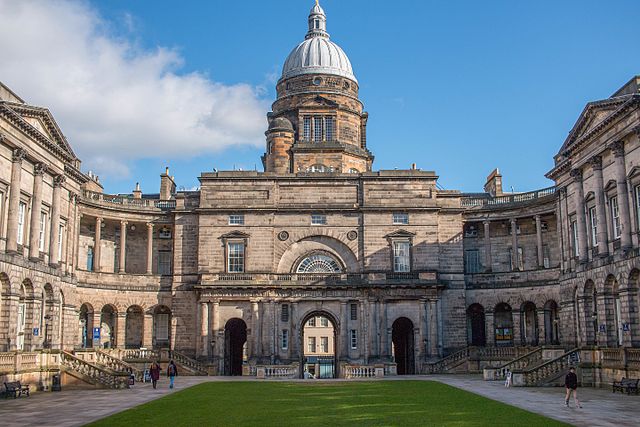

From Nobel laureates and Olympic champions to space explorers and prime ministers, the University of Edinburgh has been influencing history since it opened the gates to its first students in 1583. Ground-breaking thinkers Following the Scottish Enlightenment of the 18th century, the University was positioned at the forefront of academia and critical thinking. Due to the determination and perseverance of a group of Edinburgh intellectuals, established facts about the world were being boldly and consistently challenged. Amid this group was David Hume, philosopher, economist and essayist known for his philosophical skepticism and empiricism; Joseph Black, the chemist behind the discovery of latent heat and carbon dioxide; and James Hutton, the ‘Father of Modern Geology’. Shaping the past, the present and the future We are the home of Britain’s oldest literary awards, the James Tait Black Prizes and Dolly the sheep, the first animal to be cloned from an adult somatic cell. It was also here at the University of Edinburgh that Sir Arthur Conan Doyle was inspired to create his notorious character, Sherlock Holmes and James Young Simpson pioneered anaesthetics through his discovery of the properties of chloroform. More recently, theoretical physicist and Professor Emeritus Peter Higgs was jointly awarded the Nobel Prize in Physics for his 1964 prediction of the Higgs Boson. Through the many achievements of its staff and students, the University has continued to present cutting-edge research, inspirational teaching and innovative thinking as its central ethos, attracting some of the greatest minds from around the globe.
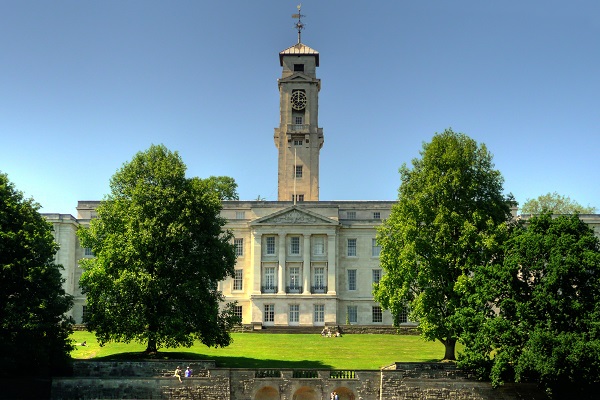
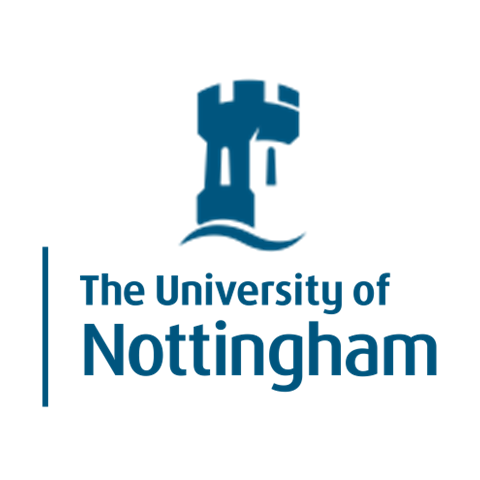
Over the last five centuries and more, we’ve constantly worked to push the boundaries of what’s possible. We’ve fostered the talents of seven Nobel laureates, two Prime Ministers and Scotland’s inaugural First Minister. We’ve welcomed Albert Einstein to give a lecture on the origins of the general theory of relativity. Scotland’s first female medical graduates completed their degrees here in 1894 and the world’s first ultrasound images of a foetus were published by Glasgow Professor Ian Donald in 1958. In 1840 we became the first university in the UK to appoint a Professor of Engineering, and in 1957, the first in Scotland to have an electronic computer. All of this means that if you choose to work or study here, you’ll be walking in the footsteps of some of the world’s most renowned innovators, from scientist Lord Kelvin and economist Adam Smith, to the pioneer of television John Logie Baird.
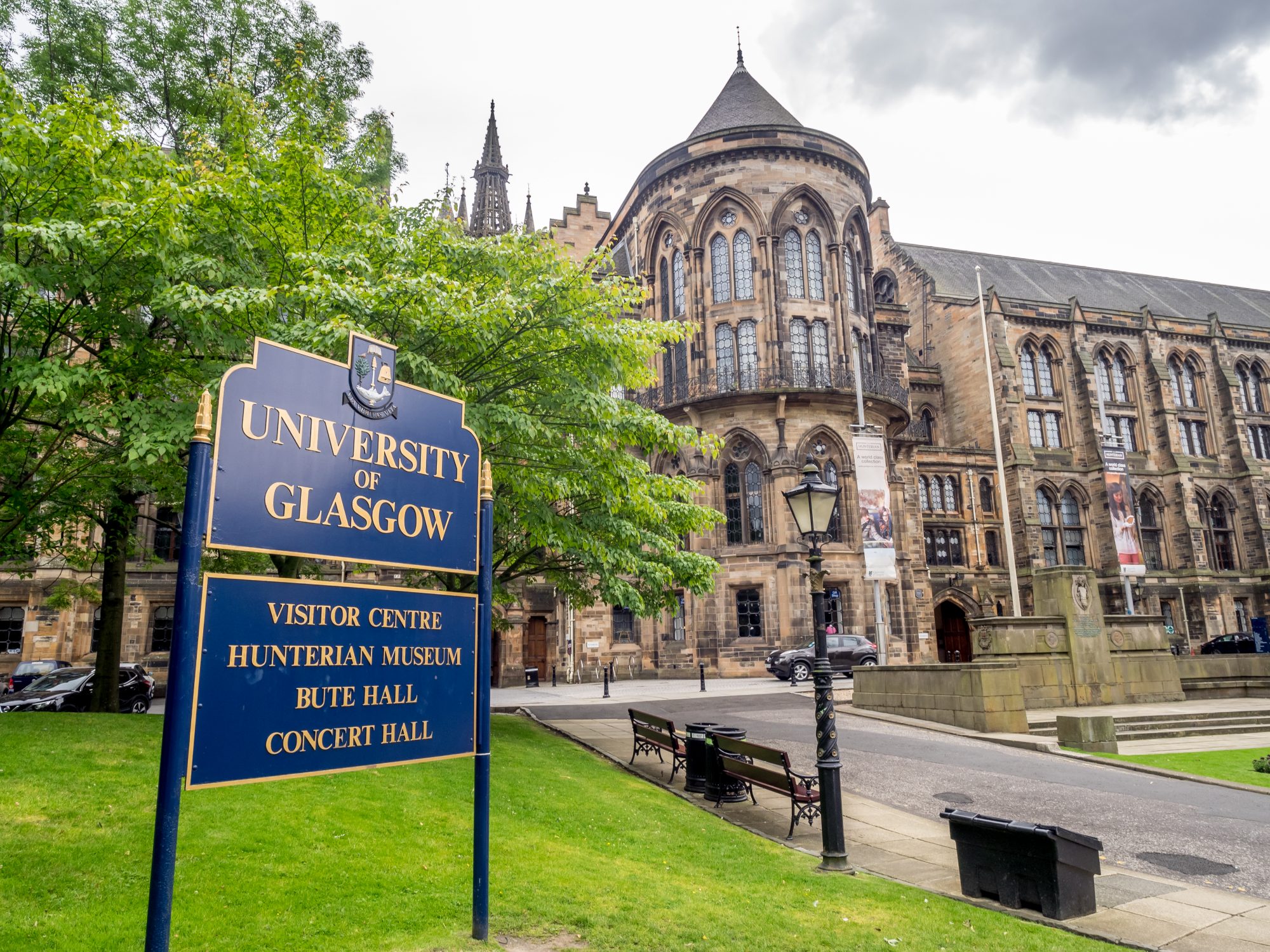

Over the last five centuries and more, we’ve constantly worked to push the boundaries of what’s possible. We’ve fostered the talents of seven Nobel laureates, two Prime Ministers and Scotland’s inaugural First Minister. We’ve welcomed Albert Einstein to give a lecture on the origins of the general theory of relativity. Scotland’s first female medical graduates completed their degrees here in 1894 and the world’s first ultrasound images of a foetus were published by Glasgow Professor Ian Donald in 1958. In 1840 we became the first university in the UK to appoint a Professor of Engineering, and in 1957, the first in Scotland to have an electronic computer. All of this means that if you choose to work or study here, you’ll be walking in the footsteps of some of the world’s most renowned innovators, from scientist Lord Kelvin and economist Adam Smith, to the pioneer of television John Logie Baird.
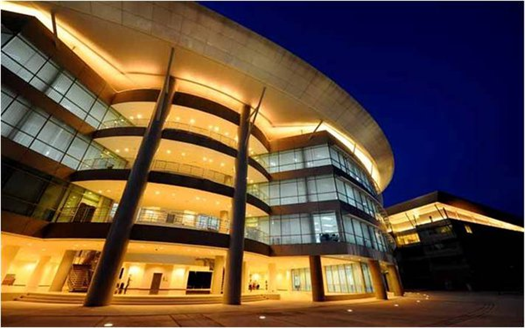
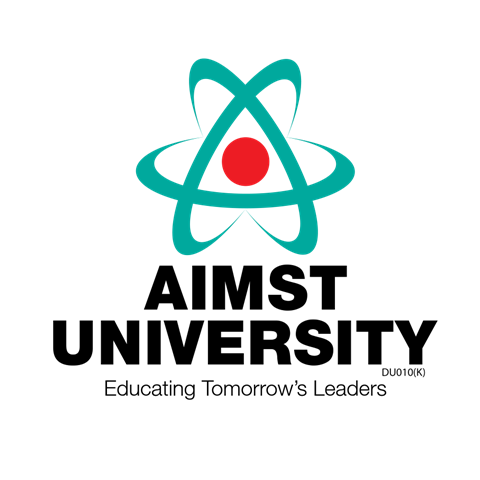
Imbued with the vision of its founders, AIMST aims to be a premier private sector university in the country and region catering to the needs of local and international students in providing quality technical education at an affordable price. The curricula for most of the degree programmes are drawn from a U.K. based university. Most components of the degree programmes include computer training, writing and research in order to prepare students for work and to provide them with the ability to apply technologies to all aspects of their education. Admission to the degree programmes requires the applicant to meet minimally the prescribed grades in the relevant subjects at the matriculation (local or overseas) level or possess other equivalent qualifications acceptable to AIMST University. The medium of instruction for all courses is English, although the importance of the National Language will be emphasised in all activities of the University. AIMST University will provide language support for students before and during their degree studies to ensure an acceptable level of fluency.


MAHSA (Malaysian Allied Health Sciences Academy) was founded in 2004 by Professor Tan Sri Dr. Hj. Mohamed Haniffa, whose vision involves the creation of a stronghold academic excellence in the South-East Asian region. Professor Tan Sri Datuk Dr. Haniffa is a clinical practitioner of Medicine, and is the Pro-Chancellor of MAHSA University and the Executive Chairman of MAHSA Group, under whose leadership, today MAHSA University has grown to a full-fledged Malaysian higher education institution with programs in the fields of Medicine, Biosciences, Dentistry, Pharmacy, Health Sciences, Nursing, Business, Finance, Hospitality Management, Information Technology, and Engineering at Diploma, Degree, Masters, and Doctoral levels. MAHSA University is fully accredited by the Malaysian Qualifications Agency (MQA) and awarded ONLINE UNIVERSITY status by the Ministry of Education Malaysia.
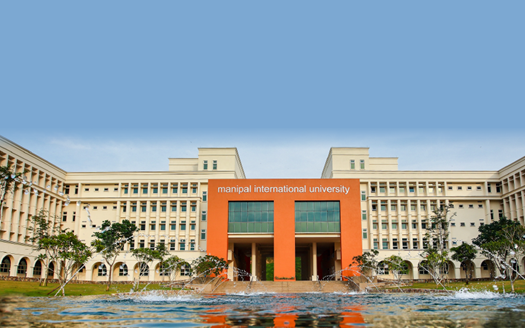
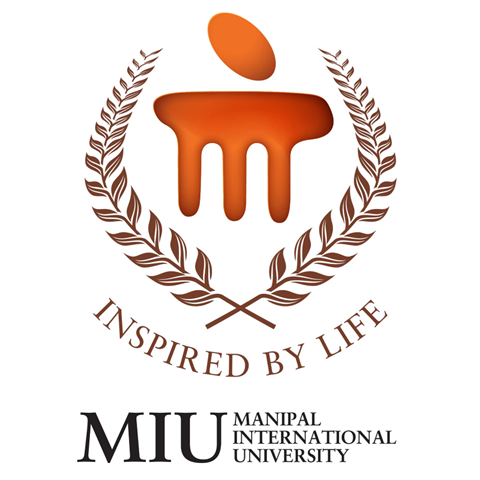
Manipal International University (MIU) is a member of the Manipal Global Education Group, and a full-fledged Malaysian university offering multidisciplinary programs with a focus in the fields of science & engineering and management & business. The Manipal Education Group has been responsible for producing some of the brightest minds in Asia for the past 60 years and has a network of five campuses and affiliations with 26 universities worldwide.
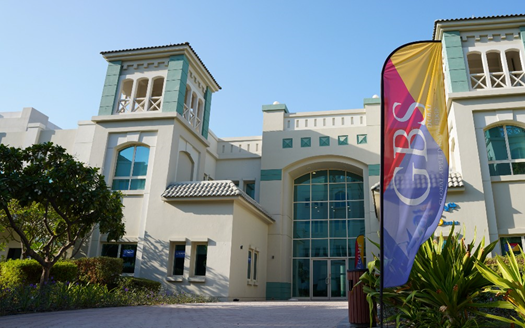

GBS Dubai is an education provider offering a range of industry-focused courses. GBS Dubai is the UAE unit of Global Banking School UK that is spread across four campuses in London, Manchester, Birmingham, and Leeds with a legacy of over ten years. GBS UK works in partnership with several leading UK Universities to deliver vocational, undergraduate, and postgraduate programs in banking & finance, business & management, entrepreneurship, healthcare management, and education & training. The institution aims to help students thrive in today’s competitive job market – offering excellent links to employers and a focus on one-to-one academic and career guidance in addition to our specialist courses. We take an inclusive approach to recruiting students, with an aim to widening access to education among groups currently under-represented in the sector. In fact, this very idea is at the heart of who we are.
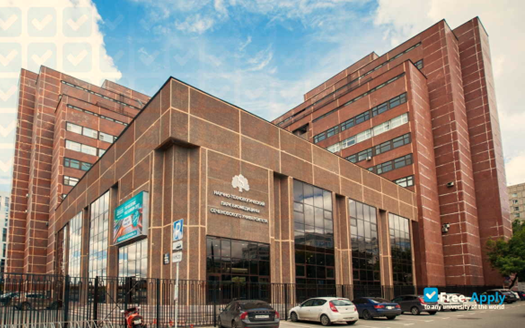

First Moscow State Medical University is Russia's oldest and most prestigious medical university. For decades, it has been unofficially known as "First Med". The success of the university is based on a blend of glorious traditions and actual innovative approaches multiplied by the great potential of human resources. I.M. Sechenov First Moscow State Medical University is a unique educational, scientific, and medical complex that graduates, certifies, and provides lifelong professional education for physicians and other healthcare workers; that contributes significantly to domestic and global medicine. The university is closely linked to fundamental and applied research, highly efficient medical treatment, and propaganda of medical and pharmaceutical achievements.
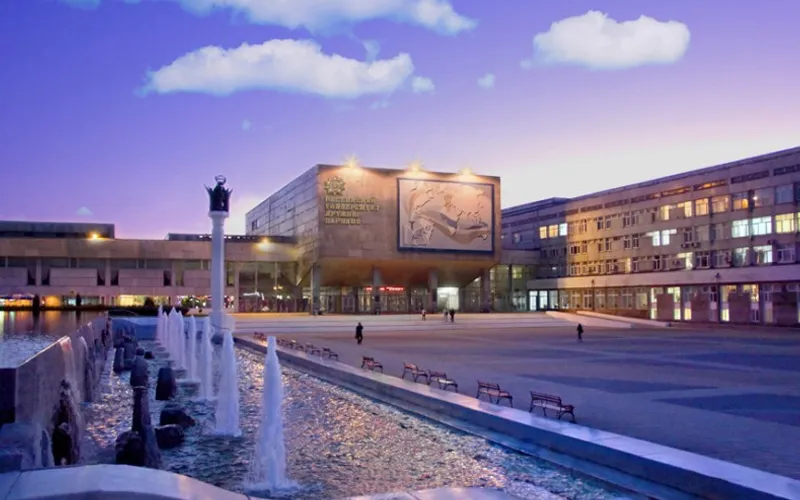

The Peoples' Friendship University of Russia, also known as RUDN University, is a public research university located in Moscow, Russia. It was established in 1960, and the first 288 students from 47 countries graduated in 1965. The 1990s saw the creation of new faculties and institutes. The Peoples’ Friendship University of Russia is one of the leading state higher educational institutions in Russia. The university has a multi-profile structure of faculties and majors. More than 77,000 graduates of the university work in 170 countries, among them more than 5,500 holders of PhD and Doctorate degrees. Lecturers train specialists in 62 majors and lines of study. As of 2019, more than 29,000 graduate and postgraduate students from 140 countries were studying at the university.


RSSU was founded in 1991 with the mandate to continue the core of the research and teaching activities of the former Higher School of the Communist Party. Initially, research and teaching focused on the social and political sciences. Gradually, university activities extended into project work on social policy for state institutions as well as the education and support of acting administrators. It also became the leading institution for developing and drafting social reforms. RSSU was the first university in Russia to offer undergraduate and graduate programs in Social Work, Social Youth Work, Social Insurance, Social Gerontology, and Social Support for the Disabled. Since starting these programs, more than 400,000 social workers have graduated from the university. Today, RSSU has become a modern university with 14 faculties and more than 9 campuses in the territory of the Russian Federation.
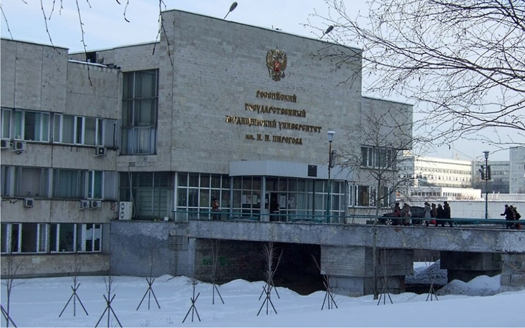

Pirogov Russian National Research Medical University (formerly known as Russian State Medical University or RSMU) is a medical higher education institution in Moscow, Russia, founded in 1906. In 2016, the university celebrated its 110th anniversary. It is fully accredited and recognized by Russia's Ministry of Education and Science and is currently under the authority of the Ministry of Health and Social Development. Named after Russian surgeon and pedagogue N.I. Pirogov (1810–1810), it is one of the largest medical institutions and the first university in Russia to allow women to acquire degrees. Today, the university is a complex of educational, scientific, and medical divisions and centers, offering educational programs at all levels in clinical medicine, biomedicine, psychology, social work, and pharmacy.
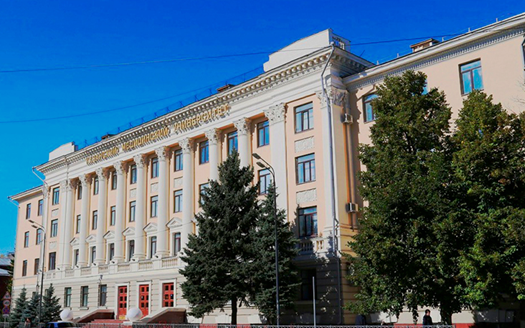

With 200 years of experience in medical training, KSMU is justifiably an international university. Around 700 students from more than 57 countries around the world study here, and half of them study in English. Moreover, we have a large group of students from neighboring and remote regions of Russia. We are proud that Kazan medical school is attractive to young people from different parts of the world. That is why our priority is support and care for international students. KSMU is the third-oldest medical university in Russia, after Moscow and St. Petersburg. The only university in Kazan that is recognized by the Ministry of Healthcare and the Ministry of Education and Science of the Russian Federation Kazan State Medical University is recognized by the WHO and is listed in the World Directory of Medical Schools (AVICENNA Directory for Medicine). Also, it is recognized by ECFMG (USA), AMC, GMC, MCI, etc.


Novosibirsk State University (NSU) is a public research university located in Novosibirsk, Russia. The university was founded in 1958 on the principles of integration of education and science, early involvement of students with research activities, and the engagement of leading scientists in its teaching programmes. Following its establishment in 1958, Novosibirsk State University quickly grew. During its first nine years, 900 professionals were trained on its campus, which comprised eight departments, had an instructional faculty of 270, and conducted research in a total of 46 sections. Russia's premier scientists lectured at the university, and many new applied science programs were established throughout the Soviet Union. Novosibirsk State University is Russia's largest scientific and educational centre. NSU's students have the opportunity to perform research in more than 100 research laboratories. The university aims to train high-profile specialists to assume leadership roles in science, education, and science-intensive industries.


Kemerovo State University was established in 1955 and is a coeducational, non-profit institute. It is one of the leading scientific and educational centres in Kemerovo, Oblast, Russia. It has five branches in different places: Belovo, Anzhero Sudzhens, Novokuznetsk, Prokopyevsk, and Ulaanbaatar in Magnolia. Kemerovo State Medical University is rightly included in the cohort of the best medical institutions of higher education in Russia. Its history started in 1955. Today there are 7 faculties and more than 3,500 students studying at the university. They come from all the Siberian regions, the CIS and India. In more than 63 years of development, it has become one of the most prestigious educational, scientific, and medical centres in Siberia and Russia. It trains highly qualified specialists in all areas of medicine. There are all the necessary opportunities for students' educational and scientific work.


Volgograd State Medical University is located in Volgograd, which is situated in the southern part of Russia on the west bank of the Volga River. It started as the Stalingrad Medical Institute, founded in 1935. In 1993, it received the status of an academy, and in 2003, it was granted the status of a university. It is currently headed by the prominent Russian scientist and Academician of the Russian Academy of Medical Sciences, Professor Vladimir I. Petrov. The university is accredited by the Russian Ministry of Education for the teaching of both Russian and overseas students. It boasts a highly qualified teaching staff, advanced researchers, and experienced physicians. The university has been training international students since 1962. Since 2000, the Volgograd State Medical University has had an opportunity to teach foreign students in the English language.


Astrakhan State University (formerly Astrakhan State Pedagogical University) is a university located in Astrakhan, Russian Federation. It was founded in 1932. The traditional functions of Astrakhan State University include training specialists and fundamental research, but ASU also works actively to export its educational services and to share new technologies with industry and business. ASU actively develops its international links jointly with its partners from Finland, Italy, Japan, Germany, France, China, Iran, Egypt, the United States, Uzbekistan, and other countries. ASU has been chosen by Harvard University (USA) as a pilot site in Russia to organize an educational program on international competitiveness. ASU is home to a UNESCO Chair, which contributes to the establishment of systematic international cooperation and the enhancement of international relations between universities and other organizations.


Bashkir medical university is the center of medical and pharmaceutical sciences of the Republic of Bashkortostan. For more than 85 years our institution has been successfully training specialists for health care, scientific and pedagogical work in the sphere of professional medical and pharmaceutical education of the Russian Federation. Scientists of Bashkir State Medical University successfully represent our Republic and Russia at the international events in different fields of natural sciences. University faculty consists of famous scholars and medical practitioners who are involved in teaching, medical and scientific activities. BSMU possesses material and technical resources, training facilities, and a large library stock. BSMU is famous for its schools of surgeons, oncologists, cardiologists, morphologists all around Russian and world medical institutions.


Voronezh State University is one of the main universities in Central Russia, located in the city of Voronezh. The university was established in 1918 by professors evacuated from the University of Tartu in Estonia. The university has 18 faculties and an enrollment of 22,000 students from Russia, Europe, Africa, the Americas, and Asia. Besides, the university has six research institutes and 16 research laboratories administered by the Russian Academy of Science. The university is composed of 10 buildings and 7 resident halls situated throughout the city. For over 90 years, the university has trained more than 100,000 professionals. Among university graduates are Nobel laureates and state prize winners of the USSR and Russia, academicians, ministers, and representatives of science and culture. University graduates are working in more than 90 countries worldwide.

U. Chuvash State University is a public university located in Cheboksary, the capital of the Chuvash Republic, Russia. The university is one of the leading institutions of higher learning in Russia and is the scientific, educational, and cultural center of the Privolsky Federal Region of the Russian Federation, which is highly regarded among national universities. Chuvash State University has over 10,000 students and 3,865 faculty, including 77 Doctors of Sciences (equivalent to full professors) and 446 Candidates of Sciences (equivalent to PhDs). At the 8 university faculties, there were 45 generally-scientific and special (profile) chairs, supplying the main scientific (20 chairs) and special (25 chairs) preparation and graduation of young specialists in 15 specialties (23 specializations). The university has a license giving it the right to conduct educational activities in the field of higher professional education and a certificate of state accreditation.


The Siberian State Medical University is a public medical school in Tomsk, Russia. It was founded in May, 1878 by the decree of the Emperor Alexander II. Today, Siberian State Medical University provides undergraduate, graduate, and postgraduate degrees in biochemistry, biophysics, general medicine, pediatrics, dentistry, pharmacy, and nursery fields. It is one of the few universities in Russia that has its own hospital that not only provides medical care for citizens in the Tomsk Region and other regions but also is a full-fledged training center for students and medical professionals. It has more than 6,500 students that come from 39 countries worldwide. In 2017, Siberian State Medical University obtained the status of the only flagship medical university in Russia. Siberian State Medical University is often regarded as one of the best academic institutions in Russia with a medical profile. According to Interfax National Rankings, the university took 48th place among all Russian universities in 2019.


Stavropol State Medical University was founded in 1938. Since that time, thousands of highly skilled specialists working all over the world have been prepared at the university. Their successful career growth is the pride of the university. Stavropol State Medical University is located in Stavropol, Russia's largest administrative, industrial, agricultural, scientific, and cultural center, which is known as the "Pearl of the South." Throughout several centuries, the representatives of more than 100 nationalities with their original cultures and traditions lived there in peace and confidence. Nowadays, the university is one of the most authoritative educational and scientific medical centers in Russia. In 2010, all activity spheres of the university were licensed and the State Accreditation Certificate was received. The graduates who have passed out work in Russia and abroad. Many of them are in charge of scientific research institutes, laboratories, faculties, and characters from higher education.


Yaroslavl State Medical University (YSMU) was founded in 1944 and has a history of over 75 years. At present, YSMU is a large regional center of excellent quality medical education and bio-medical research. It is also the leader in medical training and post-graduation education, retraining of specialists in practical healthcare, medicine, and pharmacy, and highly skilled academic staff for the central regions of Russia. YSMU is a well-known educational, research, and scientific center in the fields of fundamental, clinical, and pharmacy medicine. Medical training and education are conducted by 55 departments. The academic staff of YSMU consists of more than 550 people. Among them, more than 400 have M.D. and Ph.D. titles (including 310 candidates for the sciences, assistant and associated professors, and 70 doctors of sciences and full professors).


Irkutsk State Medical University is a well-known educational institution that provides medical education of the highest quality. Their medical education programs are recognized in many countries around the world. Irkutsk State Medical University (ISMU) is an internationally renowned institution that has the threefold mission of education, research, and the improvement of health in the areas of clinical sciences, basic sciences, and health sciences. Irkutsk State Medical University was founded on August 26, 1919, as a medical department within the Physics and Mathematics Faculty of Irkutsk State University. In the last 50 years, the university has trained medical specialists from many countries. Today, Irkutsk State Medical University conducts training in 63 departments by a highly professional teaching staff, including 100 doctors.
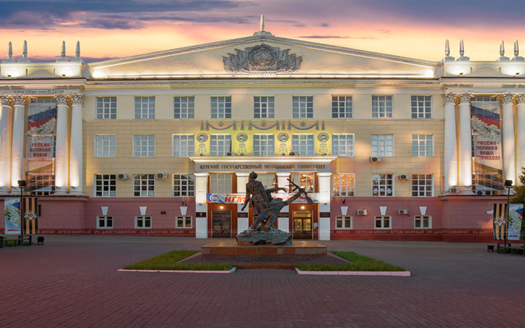
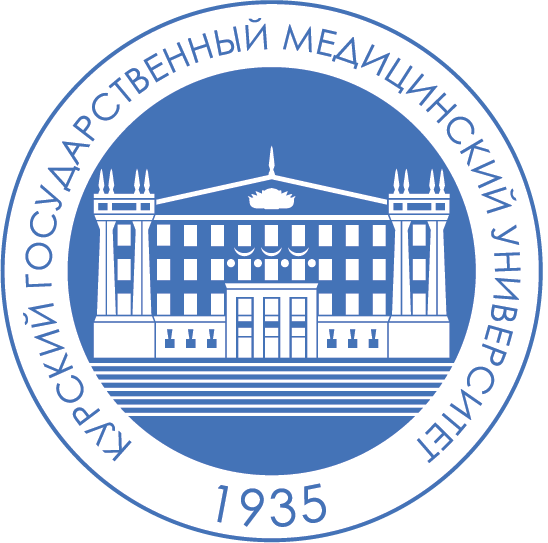
Kursk state medical university was established in 1935 by order of the Council of People’s Commissars No 89 dated 9 February. The order of people’s commissar health service dated 7 May, 1935 read “Proceed to organize medical institute in Kursk with admission for the first year of 250 people and establish beginning of classes on the 1st of September, 1935”. The first director of the medical institute was appointed physician V.I. Deshevoi. The pre-war period On the 20th of May, 1935 the general committee of Kursk regional board of the deputies Soviet arrived at a decision, which obliged the directorate of the medical institute and public health administration to implement the order of the People’s Commissariat of the RSFSR immediately. Some buildings, belonging to a college, were given to the institute for allocation of the main university’s elements. These buildings required big job in their reconstruction, equipment and additional construction. The completion of the university’s construction had to be in 1940, but by the beginning of the first academic year everything necessary has been prepared. The main theoretical departments — anatomy, biology, general chemistry and physics — are located in buildings next to the main building. The auditorium with 300 seats and anatomical museum were also there. The first heads of the departments were candidates of medical sciences L.A. Shangina, A.D. Bernshteyn, M.F. Mihaylov, V.I. Popov. Lecturers of the medical college and experienced medical practitioners were involved as assistants. The first clinical departments were placed in the regional clinical and railway hospitals, the municipal hospital named after N.A. Semashko, the Republican psychiatric hospital and maternity homes. The experienced specialists were involved to guide clinical departments: N.S. Smirnov, I.A. Chernogorov, A.G. Butylin, H.N. Levitan, F.A. Rachevsky, N.D. Nikolaev, N.I. Golik, I.Ya. Deyneka, V.V. Shostakovich, A.V. Shteyn and others. On the 30th of June, 1940 there was held the first graduation ceremony of 186 young physicians.

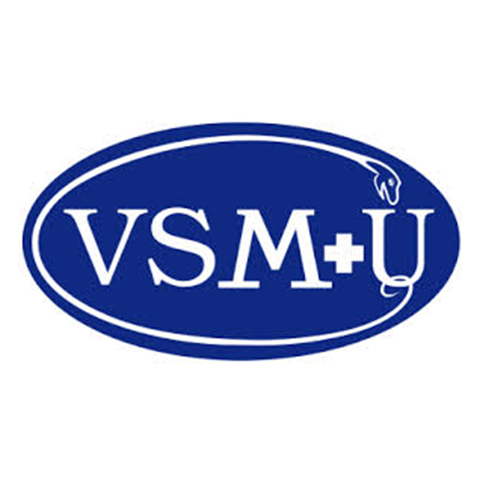
Vitebsk State Medical Institute was established as a hospital-medical institute in November 1, 1934 by Resolution of the Council of People's Commissars of the BSSR. The total number of students on all courses was 250. MD, Professor Moisei Anisimovich Khazanov, a graduate of the Medical Faculty of the University of Bern (Switzerland) was appointed as the first Rector of the Institute. 12 Professors, well-known in the USSR and abroad medical scientists, started to work with him: Professor Pavel Markovich Gurevich, a graduate of the University of Strasbourg (Alsace - France), became the first dean. In 1938 a hospital-medical institute was renamed into Vitebsk Medical Institute. Until 1941 seven turn-outs of physicians was carried out. The Great Patriotic War stalled the development of the Institute for many years. At the beginning of the war the Institute was evacuated to Chelyabinsk, and then in 1943 - to Yaroslavl. Subsequently, Yaroslavl Medical Institute was established on the basis of Vitebsk Medical Institute. In 1944 a part of the Institute staff returned to Minsk and participated in the reconstruction of Minsk Medical Institute. And only in 1946 the Institute returned to its native Vitebsk region. From 1946 to 1950 the Institute was headed by Anisim Ivanovich Savchenko, Deputy Minister of Health of the Byelorussian SSR. In 1948 the student scientific society was created. In 1951 the Institute was headed by a graduate of First Moscow Medical Institute, Professor Ivan Illarionovich Bogdanovich. In 1952-53 a large group of famous academicians and professors came to the Institute from Moscow and Leningrad: V.V.Shapurov, S.B.Vainberg, I.B.Aleshkovich, L.N.Goldman, E.S.Ketiladze, N.M.Yanchur, K.L.Markuze, P.N.Maslov, L.Ya.Shostak, I.L.Sosnovik and others. For 10 years they have created strong medico-biological and clinical schools which are still honored both in our country and abroad.
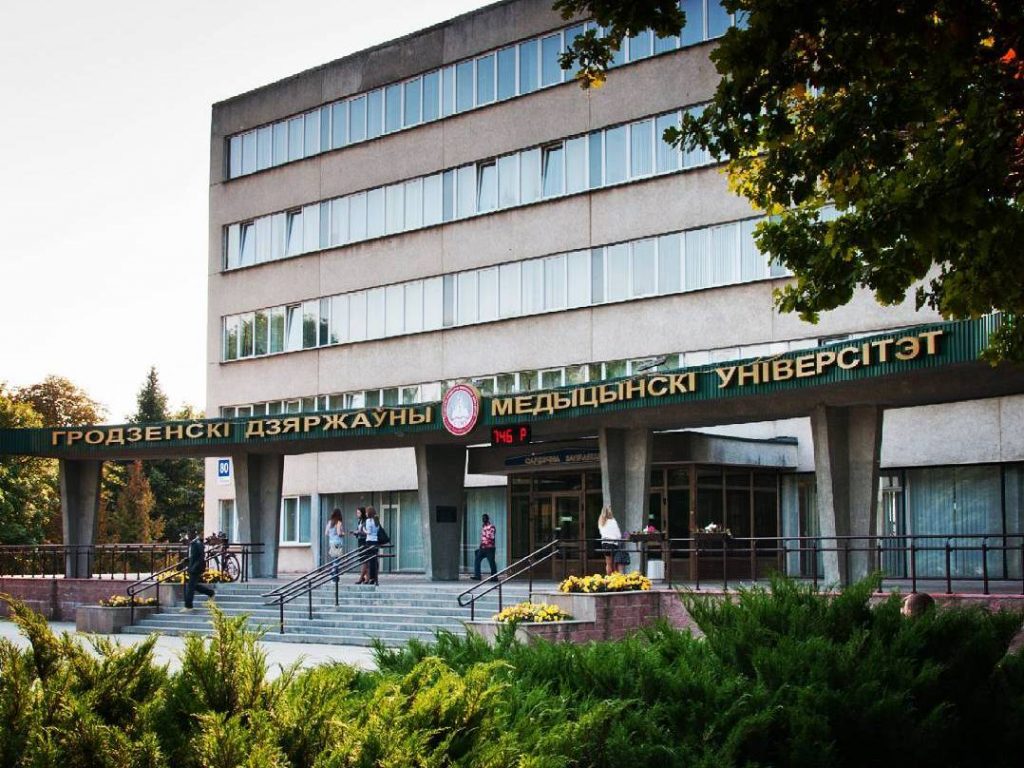

In the postwar period the social sphere of the Republic of Belarus began to develop actively. In order to improve the health service and to provide medical training and research in western region of Belarus, State Medical Institute in Grodno was established, 250 students were admitted for the academic year 1958/59. This was in accordance with the Decree of the BSSR Council of Ministers №541 from August 9, 1958, by the order of Ministry of Health of the Belorussian SSR №75 from August 14, 1958. It is difficult to imagine the huge amount of work on the creation of a new institution from scratch for anyone who doesn’t know much about the life of an educational institution. It's a pleasure to kindly remember those who took part in this complex process. Scientists and doctors from Russia, Ukraine, Baltic States, Tajikistan and Kyrgyzstan helped with the creation of the institute. Logistical assistance and personnel was also provided by Minsk Medical Institute and Vitebsk Medical Institute. Medical staff of Grodno was involved in the implementation of the educational process. Organizational assistance and financial support were provided by the Ministry of Health of the Republic. For instance, in 1963 the Ministry of Health gave thousands of rubles for the purchase of equipment. Local executive authorities and the party leadership of the region had taken a decision on the direction of the personnel, giving the institute buildings, material and technical resources. Initially buildings were located on Kolkhoznaya square, Karl Marx and E.Ozheshko streets. In 1960 the first building for biology classes was built. Later, the institute was given the administrative building under construction on Gorky Street (1974). Currently, the University has 5 academic buildings. Today they have acquired a modern look.
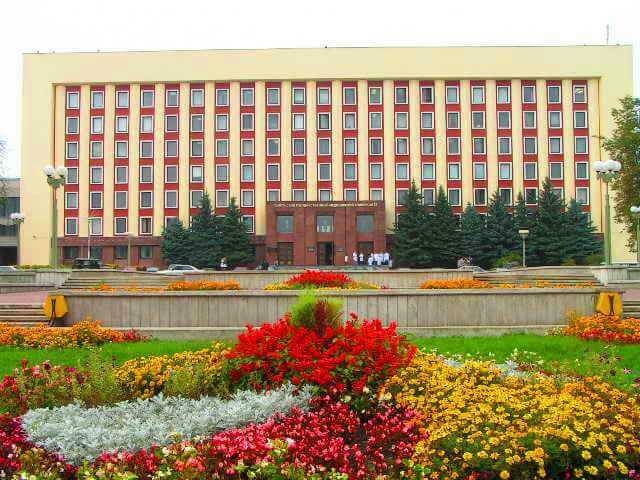
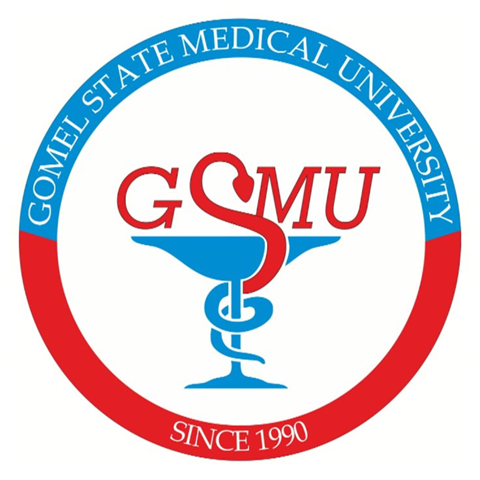
Gomel State Medical University was established in 1990. It is situated in Gomel, Belarus. There are 276 faculty members in the university holding a Ph.D./MD degree. GSMU is one of the rare medical schools which have an advanced system of education. The university trains medical students with up-to-date technologies in medical science. The students graduating from GSMU gets golden job opportunity as they are trained with practical methods. The university campus of Gomel has 18 adjacent clinics across the city. The clinical base of the university is one of the best in Belarus. The clinical base of the university is equipped with modern technology and advanced diagnostic and treatment facilities. The admission for foreign students in the university started in 2003. The medium of education in the university is English and the degrees are provided in the English language. The degree provided by the university is internationally recognized by NMC, WHO, ECFMG, EMC. The admission procedure does not include language tests. The university provides a safe and healthy environment for the students. The international students provided hostel facilities which are equipped with basic amenities. To maintain student life GSMU provides recreational activities. Sports, gym, swimming pool are the attraction to the students. If you have a dream to be part of a good medical school then you should look for GSMU. Presently, there are more than 600 highly qualified professors and assistant professors that are working within 34 departments, 5 profile research laboratories and a central research laboratory and 18 large well-equipped clinics. Gomel State Medical University is one of the most advanced universities for teaching medical science. The teaching staffs are well-qualified and always assist students in their studies. The campus is filled with all the facilities such as well-equipped laboratories and the huge library with bulk information material for students.
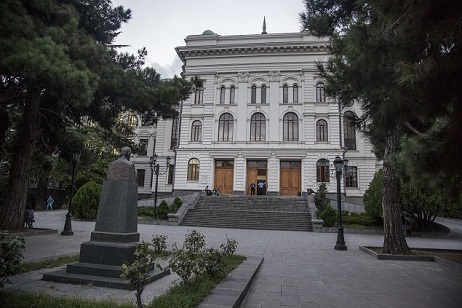
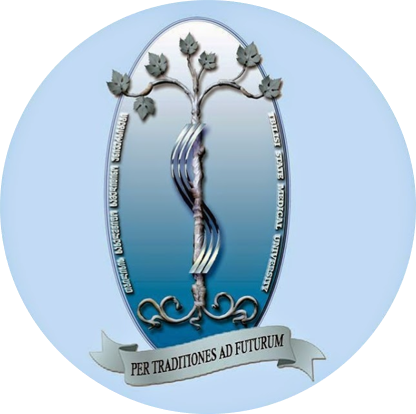
The history of pharmaceutical education in Georgia begins in 1919, when the Division of Pharmacy was established at the Medical Faculty of Tbilisi State University. In 1922 it was rearranged into Chemical-Pharmaceutical Division and was attached to Pedagogical Faculty, instead of the Medical one. In 1925, the Faculty of Pharmacy and Chemistry was created at the base of Chemical-Pharmaceutical Division and in 1930, this faculty was comprised into the structure of Tbilisi State Medical Institute, separated at that time from Tbilisi State University. In 1937, the faculty was reestablished as Tbilisi Pharmaceutical Institute, which existed till the September of 1948. After that time, it still joined to Tbilisi State Medical Institute and continues to exist as the Faculty of Pharmacy until now, within the structure of present Tbilisi State Medical University.


Manipal Academy of Higher Education is synonymous with excellence in higher education. Over 28,000 students from 57 different nations live, learn, and play in the sprawling university town, nestled on a plateau in Karnataka’s Udupi district. It also has nearly 2500 faculty and almost 10,000 other support and service staff who cater to the various professional institutions in health sciences, engineering, management, communication, and humanities that dot the Wi-Fi-enabled campus. The University has off-campuses in Mangalore and Bangalore, and off-shore campuses in Dubai (UAE) and Melaka (Malaysia). The Mangalore campus offers medical, dental, and nursing programs. The Bangalore Campus offers programs in regenerative medicine. The Dubai campus offers programs in engineering, management, and architecture, and the Melaka campus offers programs in medicine and dentistry. Every institute has world-class facilities and pedagogy, which are constantly reviewed and upgraded to reflect the latest trends and developments in higher education.


KMC is a private medical college in Nepal. It was established in 1997. The college is permanently affiliated to Kathmandu University and fully recognised by the Medical Council of Nepal, Sri Lankan Medical Council, General Medical Council (UK) and Medical Council of India. Kathmandu Medical College Teaching Hospital has also been listed in the WHO's World Directory of Medical Schools in electronic format as of June 2002. Following full recognition by the NMC, KMCTH is also listed in the World Directory of Medical Schools. It was also listed in the now discontinued International Medical Education Directory (IMED). KMC is an Associate Member of the Network Towards Unity for Health (TUFH) that has its headquarters at Glent in Belgium. Kathmandu Medical College (KMC) operates two complexes: basic sciences in Duwakot and Bhaktapur, and clinical sciences in Sinamangal. The main hospital is located in Sinamangal, near the Tribhuvan International Airport.
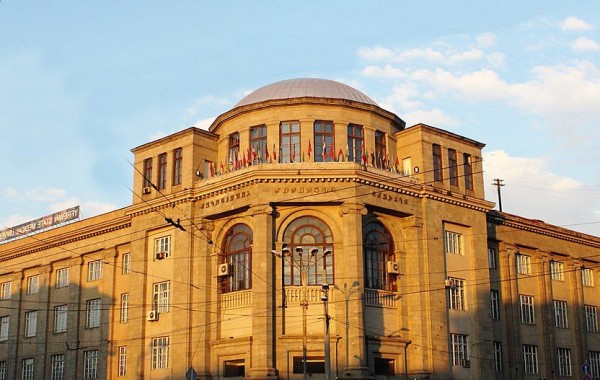

Yerevan State Medical University is one of the leading government medical universities in Eastern Europe. It was founded in 1920 as a faculty and established as an independent institution in 1930. The university is enlisted in the Directory of Higher Medical Institutions adopted by the World Health Organization (WHO). YSMU is a state-run, non-commercial institution under the Ministry of Education and Science. In nearly a century of existence, the university has trained over 30,000 doctors. Currently, over 162 Doctor of Sciences and 481 Ph.D. degree holders constitute the university's faculty of 1100 professors. Yerevan State Medical University is one of the most popular destinations for medical education in Europe. Students from more than 40 countries are at an advantage in completing their graduation from this university. Currently, there are about 5,500 students enrolled in studies at seven faculties of Yerevan State Medical University.